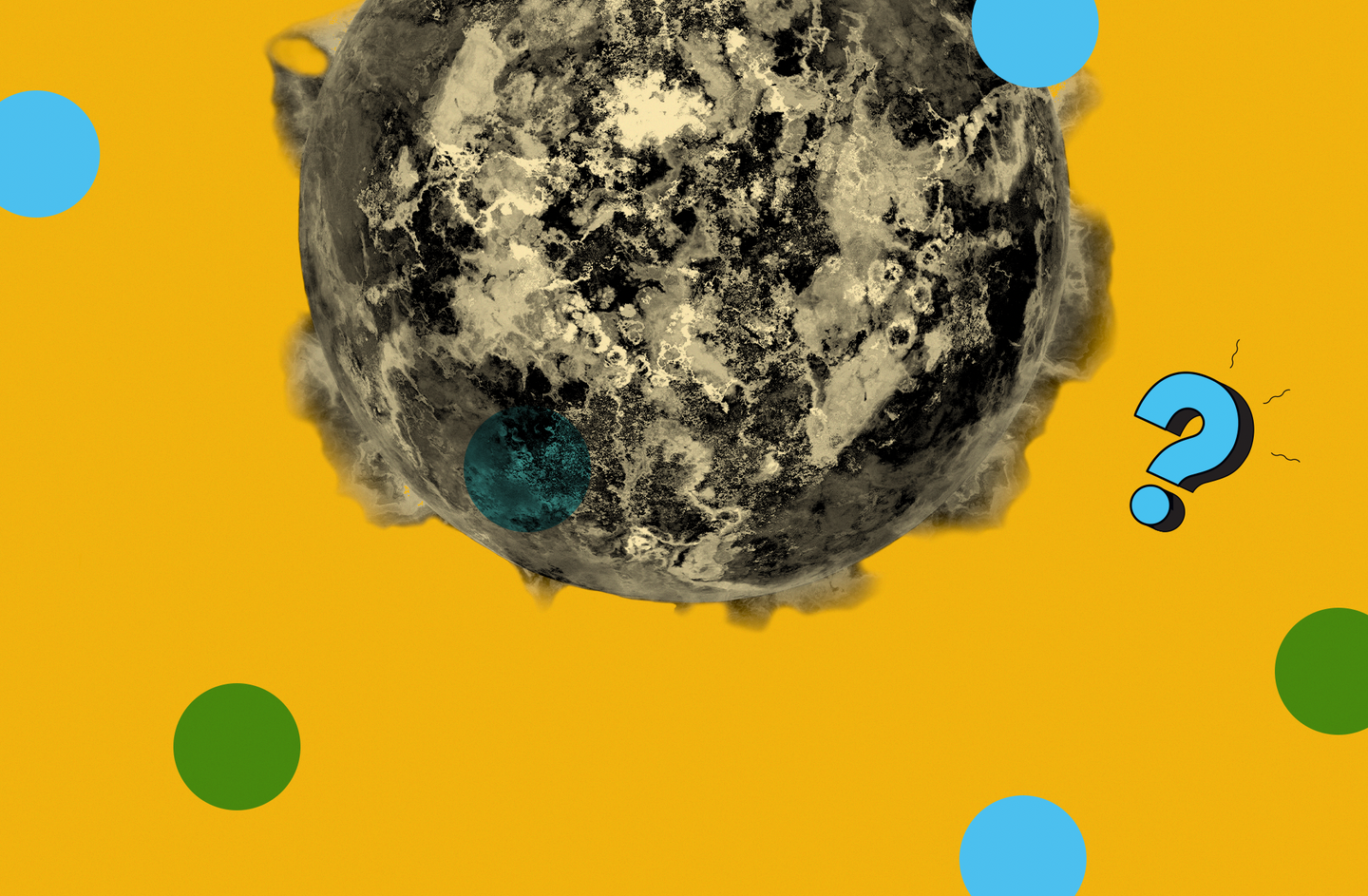What happens when the sun burns out?
It won’t go quietly into the night.

THERE’S PERHAPS nothing more ancient and unchanging than the sun, a yellow dwarf star that has illuminated Earth for over 4 billion years.
But our star, too, shall pass. And scientists are actually pretty certain about what will happen when it does.
The sun powers itself by fusing, or combining, extremely hot hydrogen atoms inside its core. That creates helium and a lot of energy. But just as a music box will wind itself out, the hydrogen in the sun’s core will run dry. When that happens, in around 5 billion years, the sun will have to find a new power source.
At first, that’s not a problem. Today, fusing hydrogen also lets the sun’s core push back against the outer layers pressing down. When the core can no longer hold out, hydrogen from those outer layers will flood in and heat up—giving the sun more fuel to fuse. All will seem well.
But this will come at a cost. The side effects of these events will cause the sun to redden, cool, and inflate to more than a hundred times its current size, swallowing the orbits of Mercury, Venus, and even Earth. The sun will transform into a red giant, just like the stars Arcturus or Aldebaran that we can see in our sky.
[Related: We still don’t really know what’s inside the sun—but that could change very soon]
It’s all for a fix of hydrogen that will only buy the sun an extra billion years of life. When that, too, runs out, the sun will be forced to reach for the next best thing: that helium it’s produced all this time.
When the sun begins to fuse helium, it might seem a return to normal. The helium will partly rebuild the ruins of the core, and the bloated star will lose much of its size. Astronomers call this the helium flash. But there’s a catch: The flash will burn off nearly a tenth of the sun’s perfectly good helium in mere minutes.
Afterwards, the increasingly geriatric sun faces a fatal problem: As fuel, helium just doesn’t compare to hydrogen. Fusing helium isn’t nearly as energy-efficient as fusing hydrogen, and it produces carbon and oxygen. It’s possible to fuse those, but it’s far more difficult and far more inefficient.
The remaining helium will only buy the sun another 100 million years or so.
When the sun can no longer fuse helium, it will enter another troubled time. It’ll puff back up, desperately flailing for any pockets of hydrogen or helium it can fuse. Even as the core starts to collapse, the star might push its outer rim ever farther away, maybe all the way past the asteroid belt.
This can only go on for so long. In the end, the sun will throw off all of its outer layers. Observers in the next star system might see a spectacular display, like a bright halo. For the sun we recognize, these 10,000 years are its moment of death.
It will leave behind a sort of celestial tombstone called a planetary nebula, even though planets aren’t involved—unless the dark, dead husks of what were once Jupiter, Saturn, Uranus, and Neptune manage to stop themselves from being blown away.
But for the sun, death is not the end. While about half its mass will flood out, the rest will crush together at the very center of the planetary nebula. This will turn into a tiny, bright, ultra-dense ember of the sun’s core, no larger than the Earth. This kind of smoldering remnant is called a white dwarf star.
So begins the sun’s long, last, lonely form. Over trillions of years, over a time that’s hundreds of times longer than the current age of the universe, that white dwarf will—very, very slowly—lose its remaining heat and fade to black.
This story originally ran in the Summer 2021 Heat issue of PopSci. Read more PopSci+ stories.
Is your head constantly spinning with outlandish, mind-burning questions? If you’ve ever wondered what the universe is made of, what would happen if you fell into a black hole, or even why not everyone can touch their toes, then you should be sure to listen and subscribe to Ask Us Anything, a brand new podcast from the editors of Popular Science. Ask Us Anything hits Apple, Anchor, Spotify, and everywhere else you listen to podcasts every Tuesday and Thursday. Each episode takes a deep dive into a single query we know you’ll want to stick around for.
